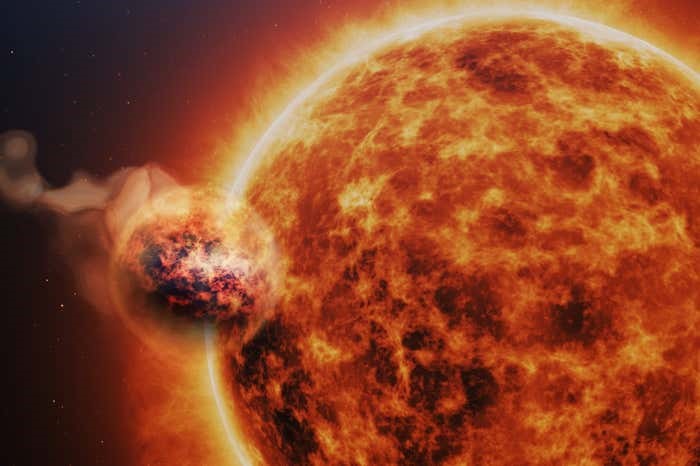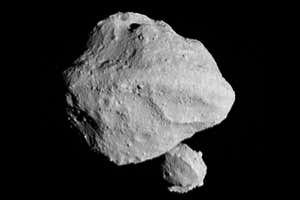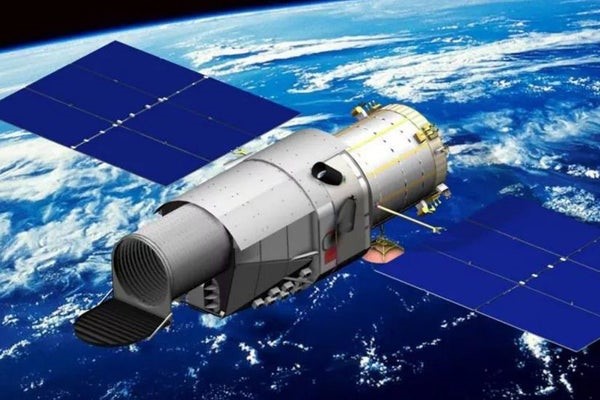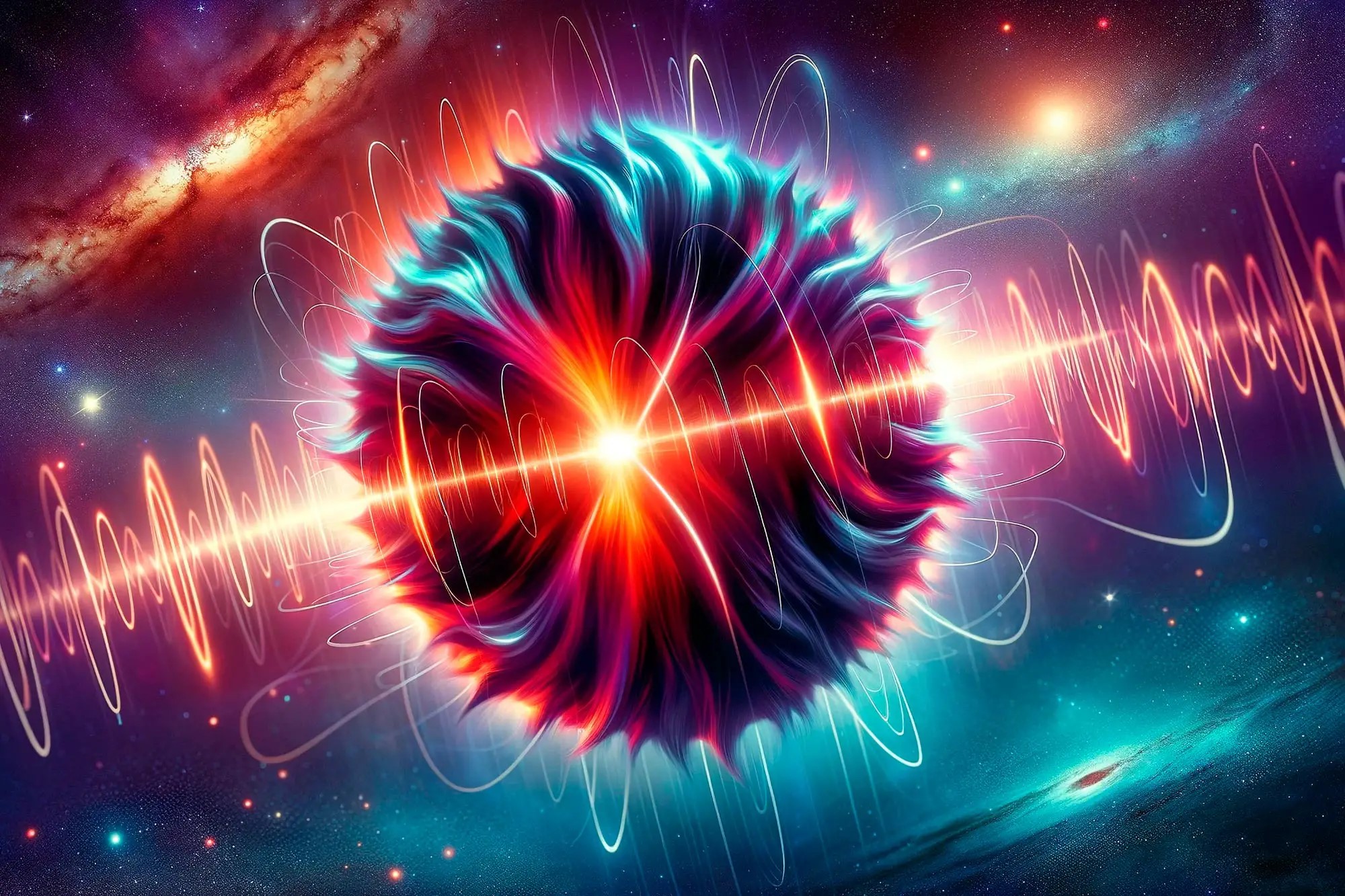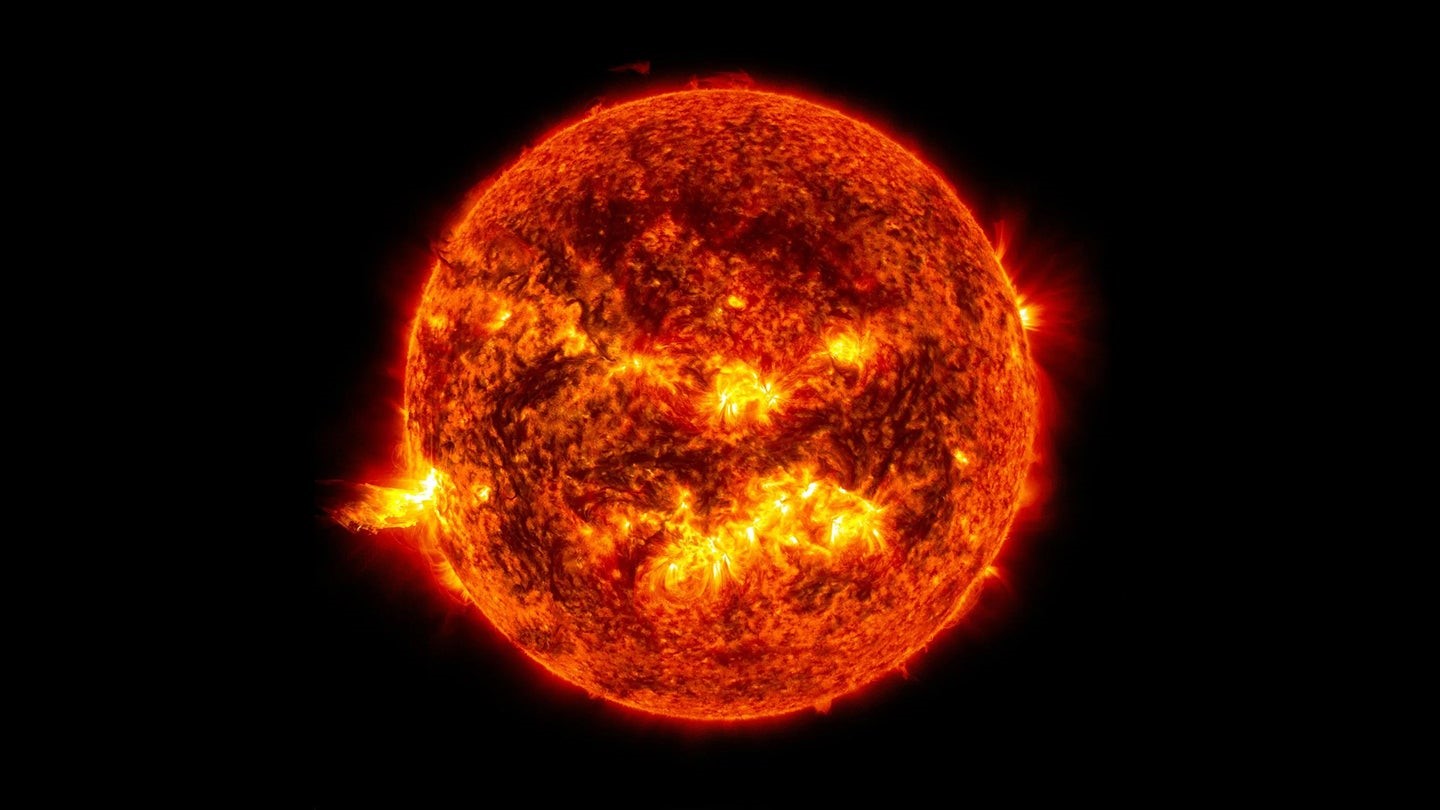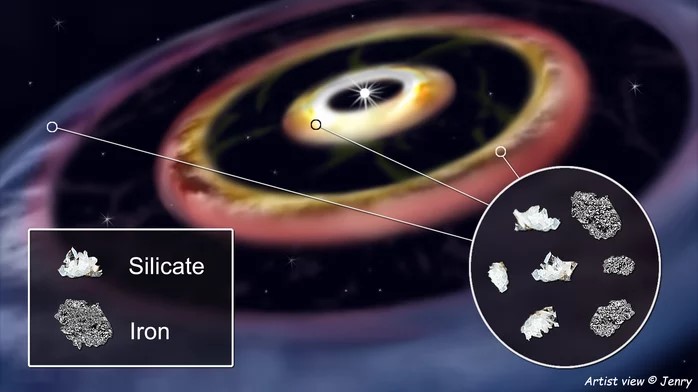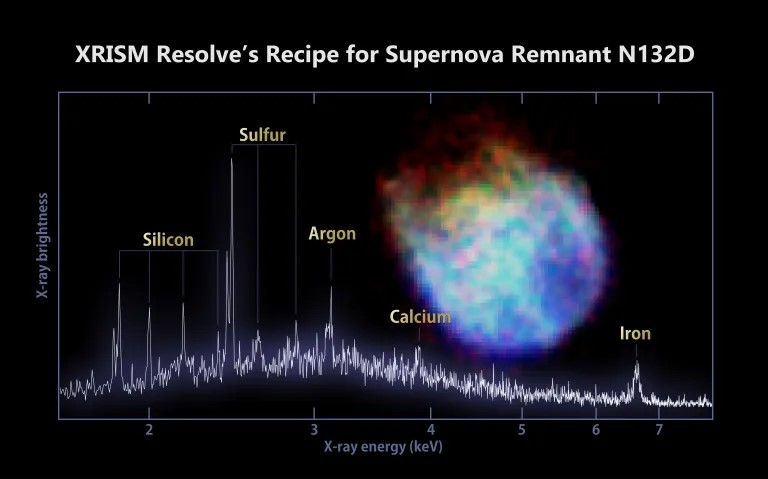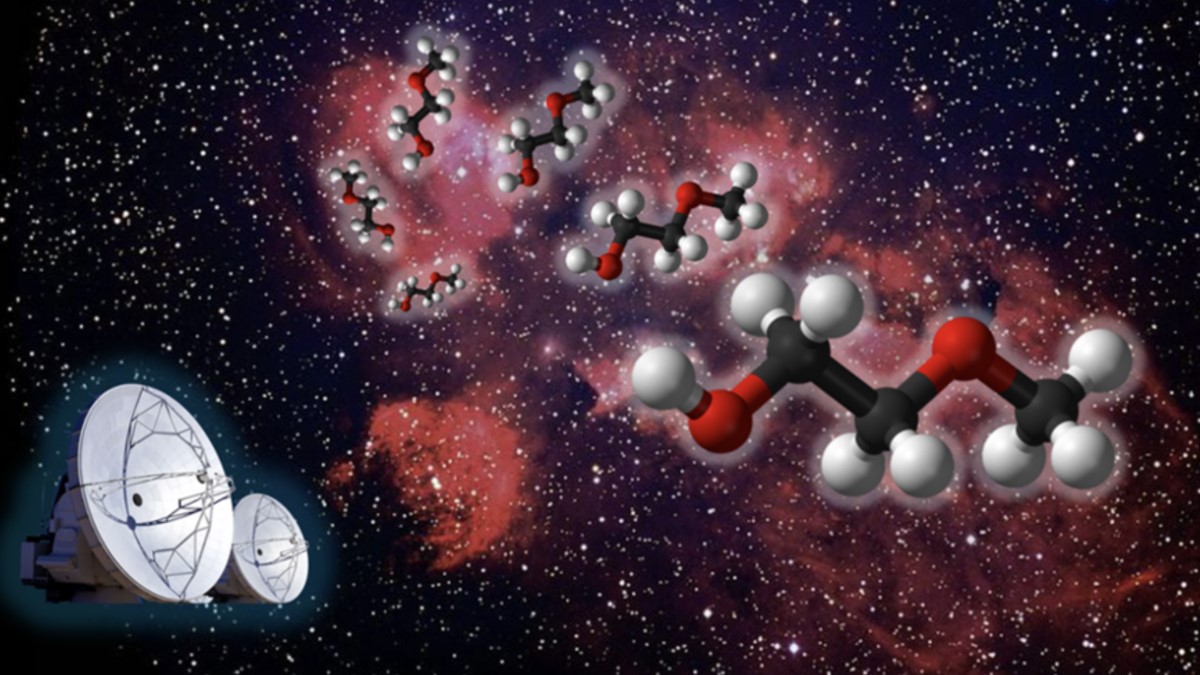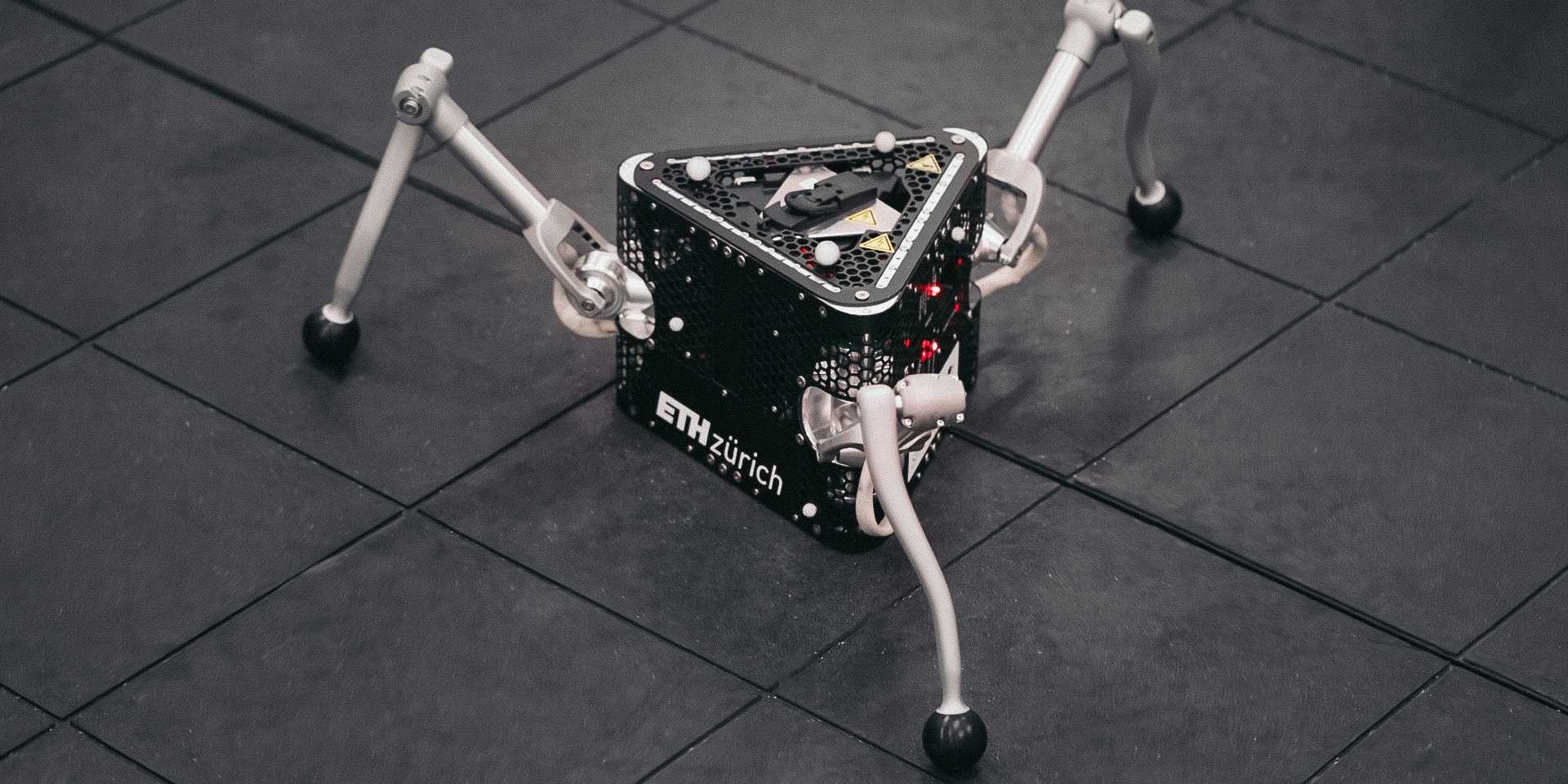Leveraging AI to Enhance Understanding of Nanoparticles
A new breakthrough allows scientists to visualize how nanoparticles, crucial for pharmaceuticals, electronics, and industrial materials, behave. This advance, detailed in Science, combines artificial intelligence with electron microscopy to create images of how these tiny particles respond to various stimuli.
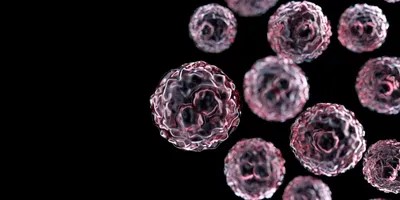
Figure 1. AI-Powered Insights into Nanoparticles
Carlos Fernandez-Granda, director of NYU's Center for Data Science and a co-author of the study, explains that nanoparticle-based catalytic systems have a significant societal impact, with 90% of all manufactured products involving catalytic processes [1]. The team has developed an artificial intelligence method that offers a new perspective on exploring atomic-level structural dynamics in materials. Figure 1 shows AI-Powered Insights into Nanoparticles.
The research, which involved teams from Arizona State University, Cornell University, and the University of Iowa, combines electron microscopy with AI to observe the structures and movements of nanoparticles at a resolution never seen before. Peter A. Crozier, a professor of materials science at Arizona State University and a co-author of the study, explains that while electron microscopy provides high spatial resolution, the rapid changes in atomic structures during chemical reactions create noisy data. The team developed an AI method that automatically removes this noise, allowing for clearer visualization of crucial atomic-level dynamics.
Observing atomic movement on nanoparticles is essential for understanding their functionality in industrial applications, but the challenge lies in the fact that these atoms are barely visible in the data. To overcome this, the authors trained a deep neural network, an AI-based computational model, to enhance electron-microscope images and reveal the underlying atoms and their dynamic behavior. David S. Matteson, a professor at Cornell University, explains that understanding the complex changes in nanoparticles, such as rapid shifts in atomic structure and shape, requires new statistical tools [2]. This study introduces a new statistic using topological data analysis to quantify these transitions and track the stability of nanoparticles as they move between ordered and disordered states.
References:
- https://pmc.ncbi.nlm.nih.gov/articles/PMC9853978/
- https://www.labmanager.com/using-ai-to-better-understand-nanoparticles-33634
Cite this article:
Janani R (2025), Leveraging AI to Enhance Understanding of Nanoparticles, AnaTechMaz, pp. 167





